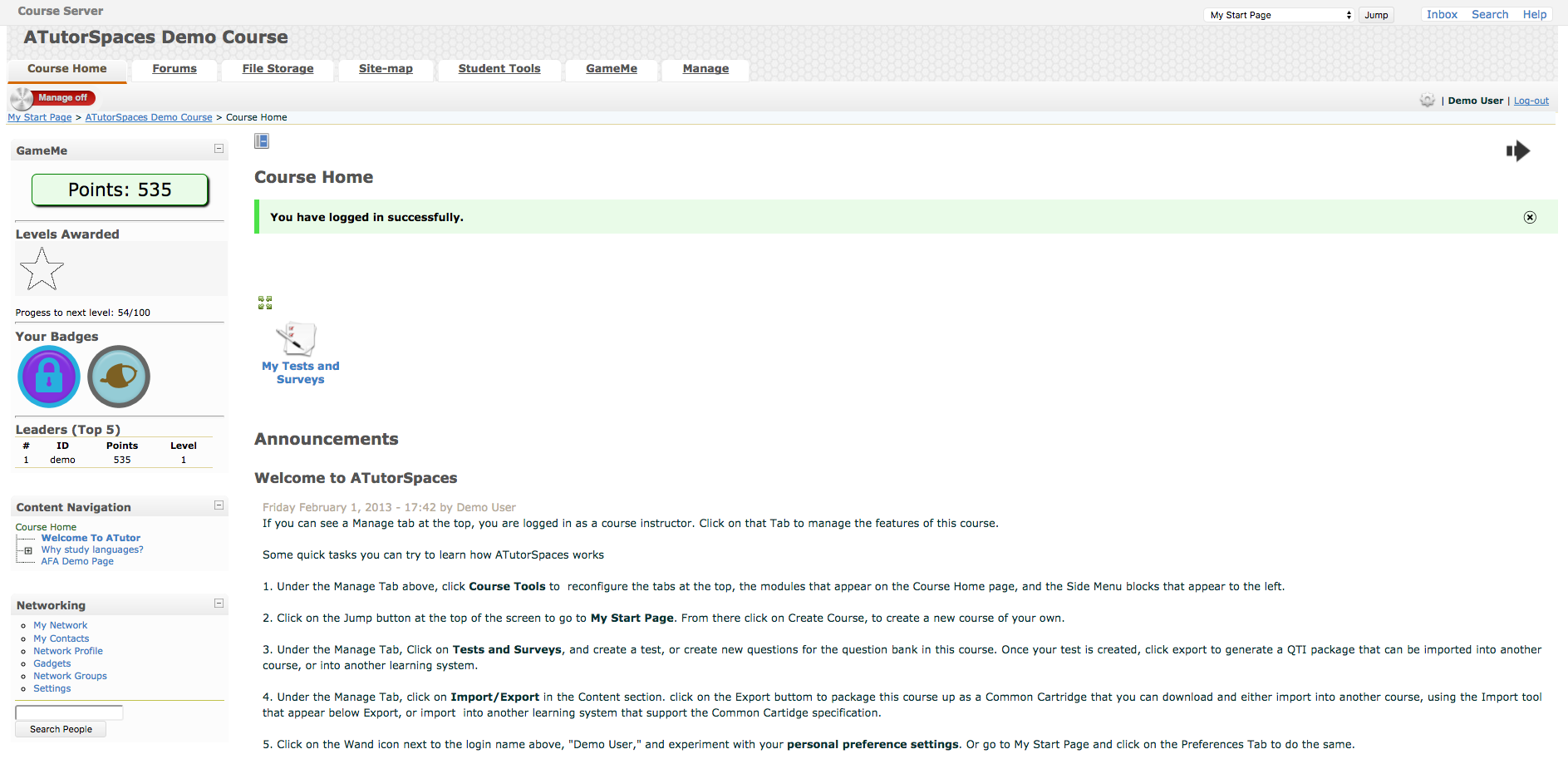
For instance, Instructure Canvas, a widely adopted learning management platform in North America, saw downloads spike 682% in August 2020, representing the massive market opportunity of such edtech. Research posits the LMS industry will reach $28.1 billion by 2025, growing at a compound annual growth rate (CAGR) of 20.5%, and many LMS providers experienced triple-digit growth in 2020. Recent edtech statistics are eye-opening. While versions of learning management systems date as far back as the 1990s, 2020 saw a spike in learning management system adoption. However, as more learning management systems add video chat and in-platform messaging functionality to their feature set, more students and teachers can leverage LMS platforms as virtual classrooms to allow synchronous learning to occur, too. Learning management systems are most often associated with asynchronous learning models, meaning students access course materials on their own time rather than together with a class.
Atutor pricing software#
They enable edtech stakeholders to create effective online courses without hiring edtech app developers or software engineers to build an LMS from scratch. Learning management systems are used by local and state governments to support certain community initiatives that require e-learning components. They are extensively used by schools, teachers, administrators, universities, online education websites, and students to organize classwork and track course progress, and by businesses to guide employees through onboarding, training, or professional development.


Learning management systems (LMS) are edtech tools designed to organize, store, and distribute online curriculum content to learners.


 0 kommentar(er)
0 kommentar(er)
